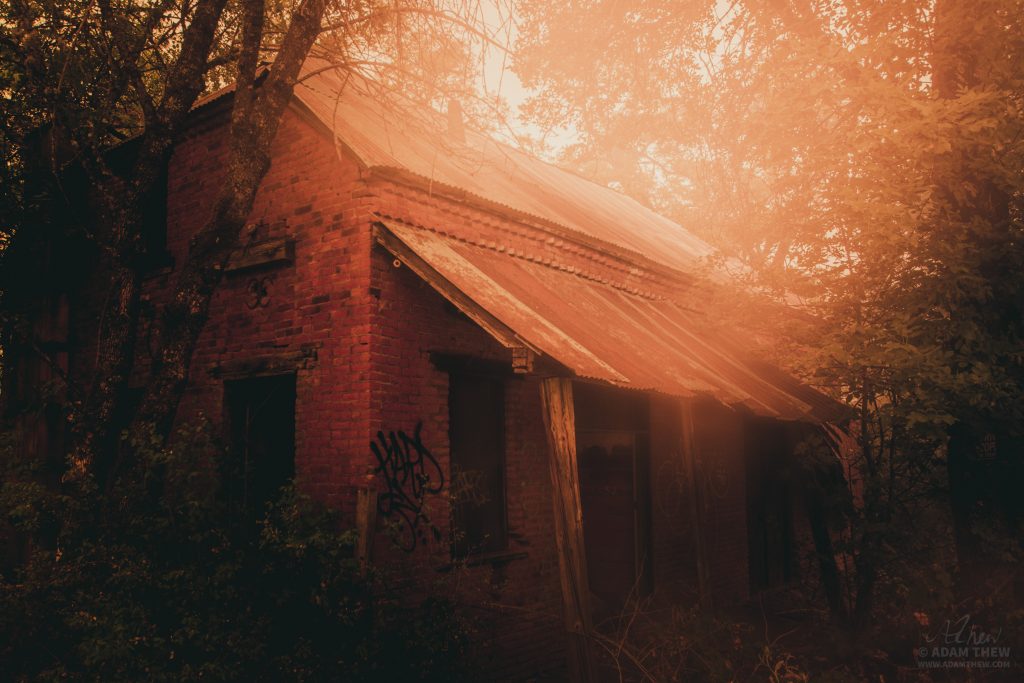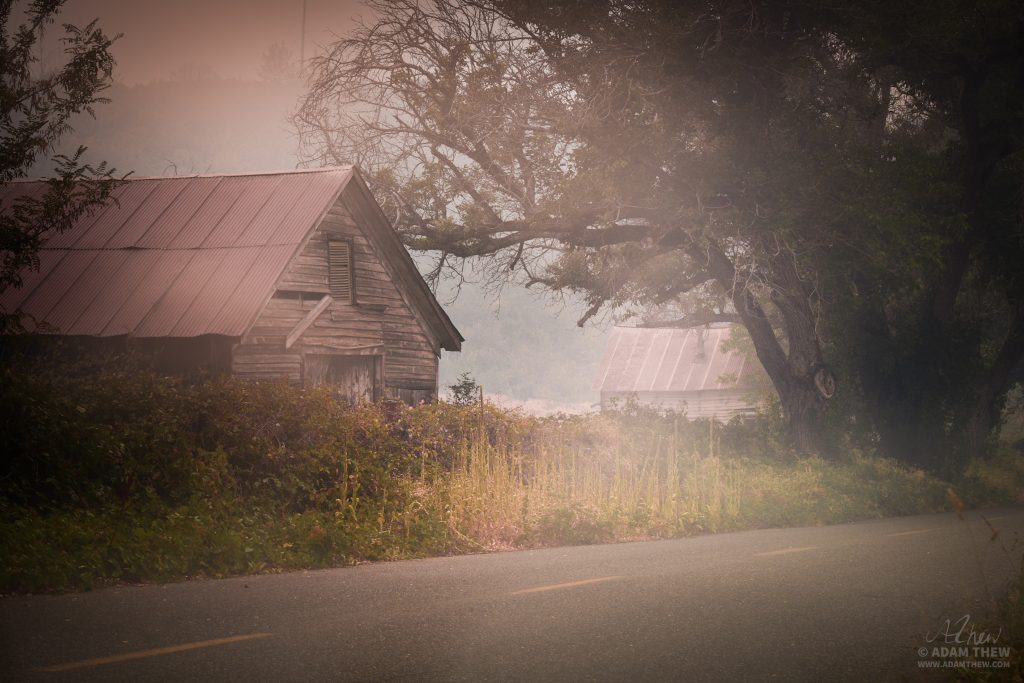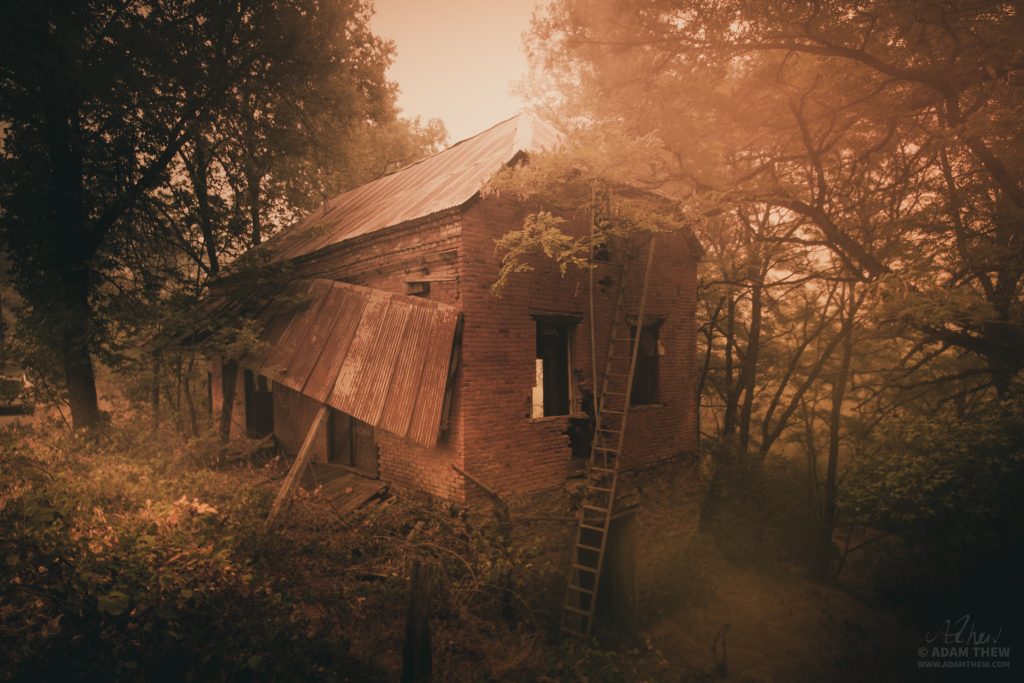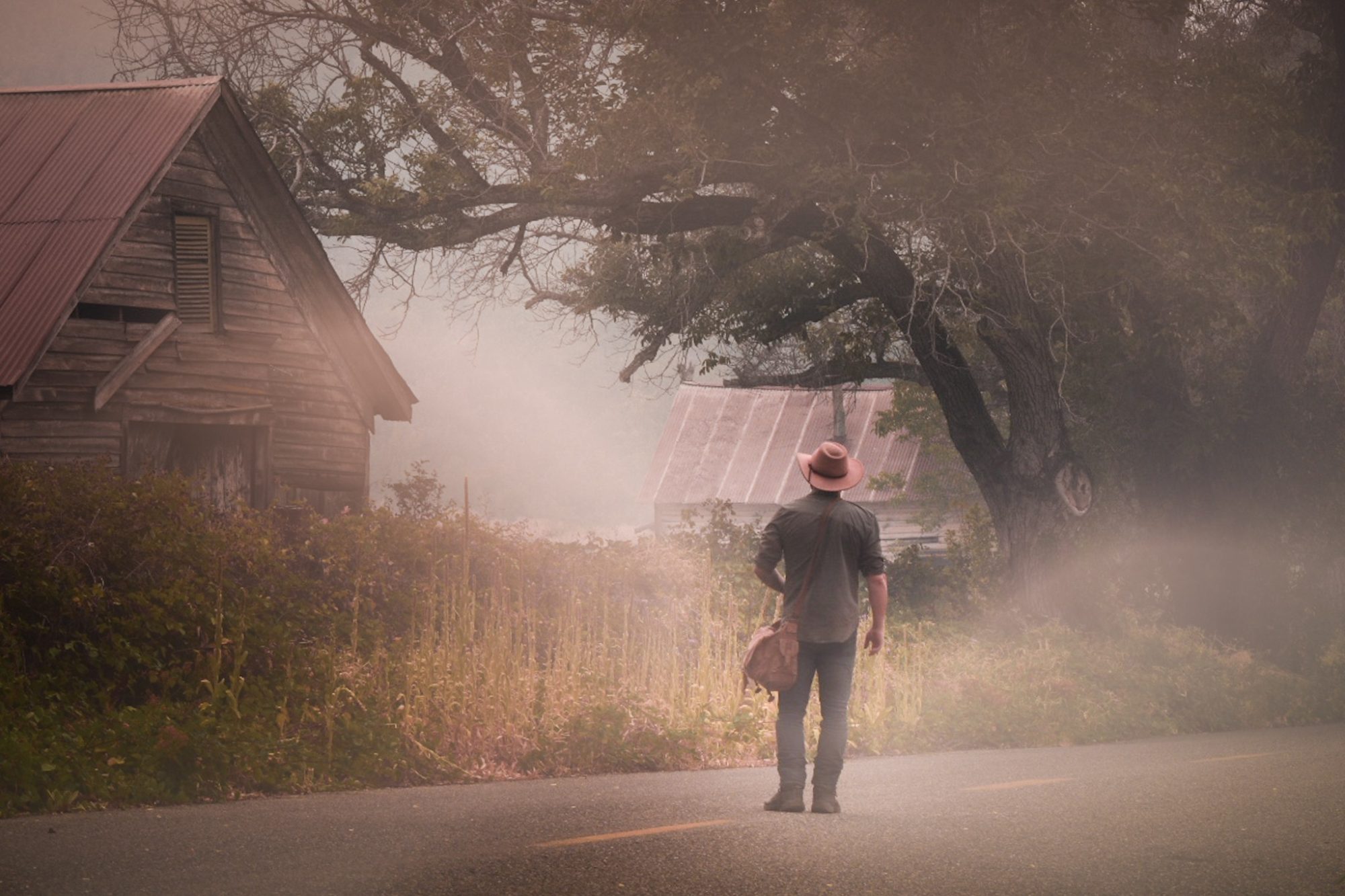Since I began my adventure journey a few years ago, I’ve seen a number of ghost towns. On a recent trip through California, however, I was privileged to visit the most intact ghost town I have seen so far.
Welcome to Helena, California.

The story of Helena is similar to many towns like it. What starts as a small mining camp grows into a proper town, with everything you could need for comfortable living. That is until resources dry up or travel is restricted, and subsequently, the town dies.
Helena is one of the oldest surviving and most pristine ghost towns in the Western United States. In 1852, a few years after the California Gold Rush began, a man named Craven Lee, procured a land claim on the North Fork of the Trinity River. He appropriately dubbed his growing mine supply “North Fork,” after its location along the river. According to Wikipedia, the town was popularly referred to as “Bagdad” (Baghdad), in reference to the ancient city along the Tigris River. Interestingly to note, [Helena] was built upon the former Native American camp known as Chimariko Village, which itself could date back many centuries.

As the town boomed, settlers created necessary amenities such as orchards and farms. In the late 1850s, after Lee began selling his claims, growth in the area accelerated further. Harmon Schlomer, a German man, arrived in 1855. He was responsible for the creation of several town structures.





North Fork built a large claim on Placer Mining, an ancient method of excavation, using water from the Trinity River. When the river flooded in 1861, it destroyed much of the town’s mining infrastructure. This would cause operations to slow for a time, but recovery would occur over a short period.
North Fork would receive its modern name of Helena in 1891 with the arrival of the post office (seen below). The change occurred to avoid confusion with a separate California town of the same name. The local postmaster’s wife of the time, Helena Meckel, is from whom the town gets its name.


In the early 1850s, after John and Christian Meckel moved into the area, they opened a general store, and later a hotel. I’m unsure of the location of the general store, but the remains of the hotel, especially that of its prominent fireplace, can still be seen today (see below). The Meckel brothers later created and maintained a local brewery, which is the first building you see if you visit today. There are reports that Harmon Schlomer also created a brewery, and it is unclear whether credit for this brewery should go to him or the Meckels.

Below you can see a shack and what appears to be a chicken coop. Both stand within yards of the hotel ruins.


Next, we have the Meckel Brewery. Interior shots come from the basement, attic, and ground floor.










The town continued to prosper for some time, until when, in the 1910s-1920s, gold mining began to decline. Although there would be some positive swings during the Great Depression, the town was officially dead after the completion of the new highway bypassed Helena, In the 1930s. According to Western Mining History, prior to the completion of Highway 299, nothing connected with the coast, around 50 miles away. Helena was as far west as you could go—truly settled on the frontier.






A number of Helena’s original settlers are buried at the local Pioneer Cemetary.




I was able to visit many of the local structures during my visit—the brewery, the post office, a local home, and the hotel, to name a few. Unfortunately, however, our time was cut short, as a large fire forced us to evacuate. Because of this, I could not see everything I wanted to. Thankfully, according to my friend who lives in the area, the town survived the fire.
I hope you enjoyed that read! To stay up-to-date on all things Arizona Jones, be sure to subscribe to my weekly newsletter! And, if you like my work, please support me, by visiting my online store, and sharing my articles on your preferred social media!
Want to see more Historic Ghost Towns? Click here.


Love your stories…Is there a way to investigate these places specifically Helena. Keep writing…
Thank you, Brenda. I enjoy writing them. There is a decent amount of information online, or you can consult a museum in the area, or find people in the area who know its history.